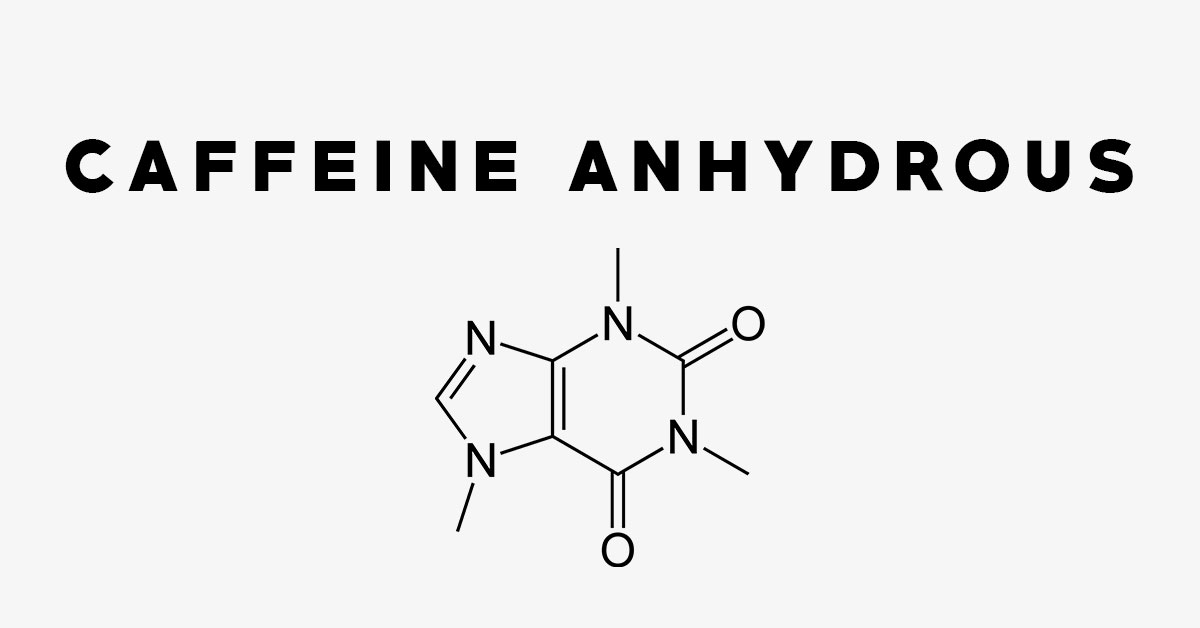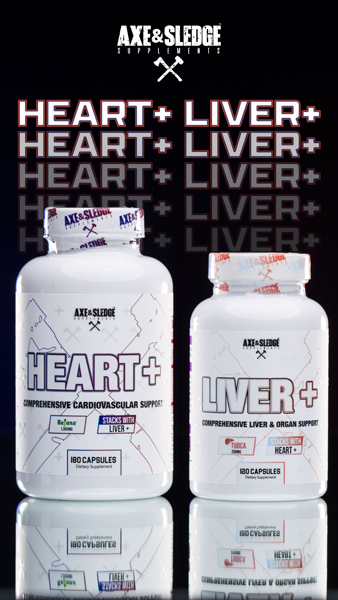
Caffeine Anhydrous
Caffeine is a central nervous system stimulant which can be found in nature. Caffeine Anhydrous is the purest form of caffeine.
Uses of Caffeine Anhydrous
Not going to lie, Caffeine really needs no introduction. This is pretty much the most effective and loved ingredient as far as pre-workouts, fat burners, energy boosters and nootropics go. There are even drugs that use it for headaches!
Caffeine Anhydrous is the most common form of Caffeine found in supplements, and there is a great reason for that. Caffeine Anhydrous is just caffeine without the presence of water. Every milligram you get out of Caffeine Anhydrous is straight caffeine, as opposed to ingredients such as Caffeine Citrate for instance, which is 50% actual Caffeine.
Caffeine is the best way to instantly increase your energy and performance for any activity. It is the most common ingredient found in pre-workouts and fat burners by far. There are plenty of studies showing it to be effective for sports performance. It’s best to take caffeine about 20-30 minutes before a workout, as it takes about 45 minutes for caffeine to hit peak levels.
As far as fat loss goes, it may actually help. Of course we have to mention that caffeine alone will not help anyone with their fat loss goals, and that results come down to your diet and exercise routine. With that said, caffeine may make it easier to lose weight, and there are studies to back that up. It should be noted though, that too much caffeine while dieting may be counterproductive due to increase stress response. Either way, it may increase your metabolic rate, and it may suppress your appetite.
Interactions with Caffeine Anhydrous
Caffeine Anhydrous can be added with many ingredients. Whether it be Synephrine, Dynamine®, TeaCrine, Hordenine, Higenamine, Yohimbine. Basically, some of these ingredients work well in conjunction with Caffeine and may increase how much energy one gets out of the combination. Of course, I could include exotic stimulants as well, such as DMAA, DMHA, etc.
A common fat loss stack is Yohimbine with Caffeine or Synephrine with Caffeine.
If you mix Caffeine with some pump products, be sure not to go overboard, as too much Caffeine may inhibit the pump ingredients from working, as Caffeine is a vasoconstrictor.
Side Effects of Caffeine Anhydrous
Caffeine has a list of potential side effects, and a lot of it comes down to your tolerance. Some of these side effects include:
Anxiety
Digestive Issues
Insomnia
High Blood Pressure
Rapid Heart Beat
Frequent Urination
Of course there are more, and too much caffeine can even kill you, which is why pure caffeine powder is now illegal to sell to the end-consumer. Another aspect to Caffeine that we have to mention, is that it is pretty addictive. It’s very easy to rely on Caffeine to get you going in the morning, and coffee is a perfect example of this. How many people do you know that need to start their day with that?
Simply be mindful as to how much Caffeine you are taking in per day, and if you aren’t getting the same energy out of it as you once were, simply take a break. While as long as possible is the best, many people find 1-2 weeks to be a good amount of time.
Recommended Caffeine Anhydrous Dosage
Caffeine Anhydrous is a very personal ingredient. Everyone has their own tolerance, and while some may get the “jitters” from 80mg, some may be so used to caffeine to where 400mg will barely do anything for them.
It is always good to use as little as possible, and up the dose as you see fit. Once you get to a higher dose such as 300mg+, consider taking a break off of caffeine to bring your tolerance back down.







